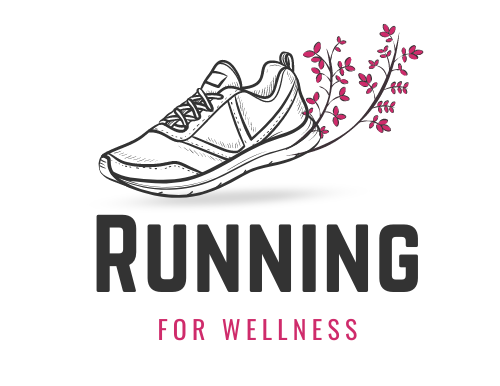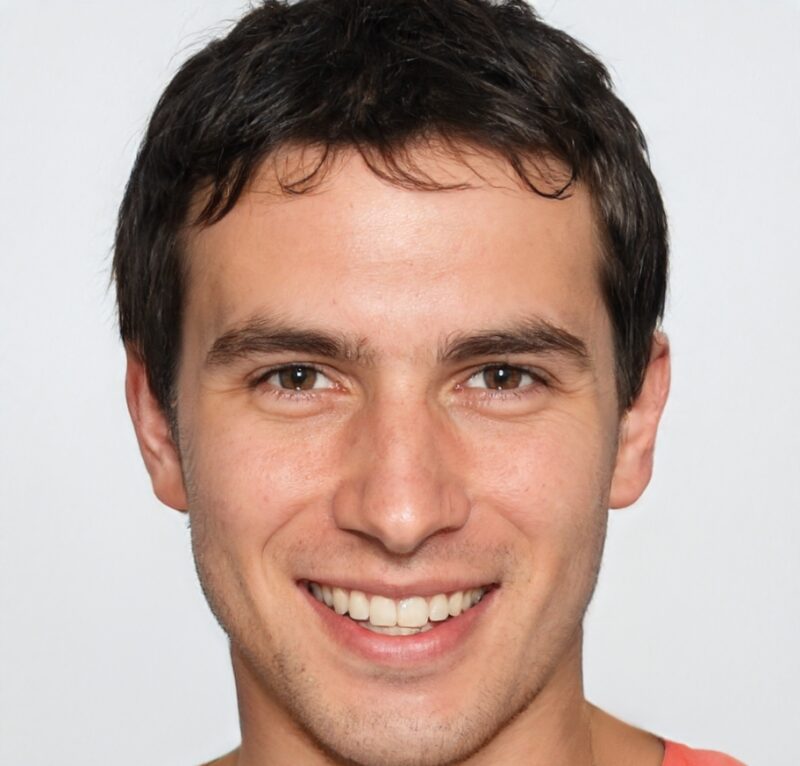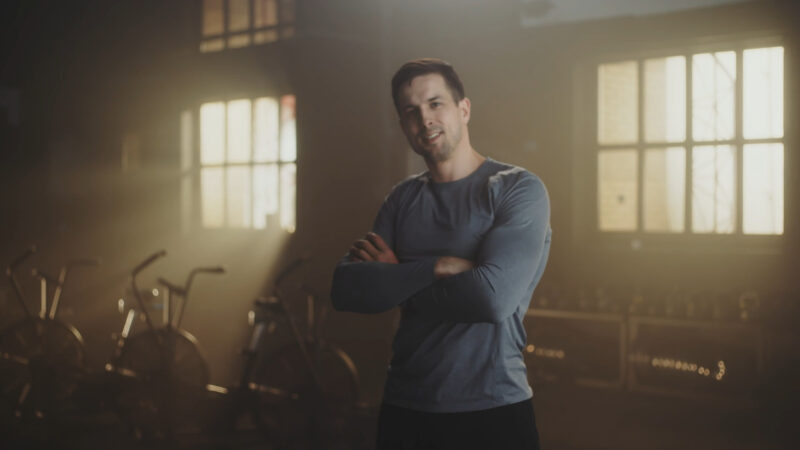The first few weeks after surgery are often the most challenging, not always because of pain, but because of frustration. Your arm is immobilized in a sling, simple tasks like brushing your teeth become awkward productions, and worst of all, you feel like you could move more than your doctor says you should. Resist that urge.
You’ve likely had anchors placed into your bone to reattach the tendon, and while you may feel OK by week 2 or 3, the tendon is still biologically fragile. Overuse or early aggressive motion can rip the repair, something that’s unfortunately more common than people realize. That’s why this isn’t just about healing—it’s about protecting the repair until it’s strong enough to work again.
Table of Contents
ToggleQuick Overview: Do’s vs Don’ts
| Do’s | Don’ts |
| Wear your sling as instructed | Remove the sling too early or “cheat” with the arm |
| Follow passive range of motion only (early stage) | Move the arm actively before being cleared |
| Use cold packs for pain and swelling | Apply heat in the early weeks unless approved |
| Sleep upright or supported with pillows | Sleep flat on your back without support |
| Ask for help with heavy doors, groceries, and chores | Try to lift, carry, or reach overhead |
| Log your small progress milestones | Obsess over being “behind schedule” |
| Communicate with your PT and surgeon | Push through pain or skip appointments |
| Focus on scapular and core work when cleared | Jump into weights or bands too soon |
Movement Restrictions: Less Is More (at First)

One of the most frustrating things early on is how limited your movement is supposed to be. If your surgeon told you to stay in a sling for 4 to 6 weeks, it’s for good reason. That sling is not just for show—it protects the surgical site while your tendon is reattaching to the bone.
But here’s something most people overlook: the worst setbacks often happen at home, not in rehab. You roll over in bed and reach for your phone. You forget and reach into the fridge with your surgical arm. You raise your arm to adjust your pillow in the middle of the night. All of these can strain or even tear the repair.
Real-life tip: I tell people to tie a reminder band or even a sock around their wrist the first few weeks to remind themselves not to use the arm, especially when half-asleep.
Also, pay close attention to what your physical therapist calls passive motion vs. active motion. In early recovery, the therapist may move your arm for you. You are not supposed to activate your shoulder muscles. That means no lifting, pushing up off the bed, or reaching. Even small “cheats” add up over time.
Pain Management: Respect the Pain, But Don’t Fear It
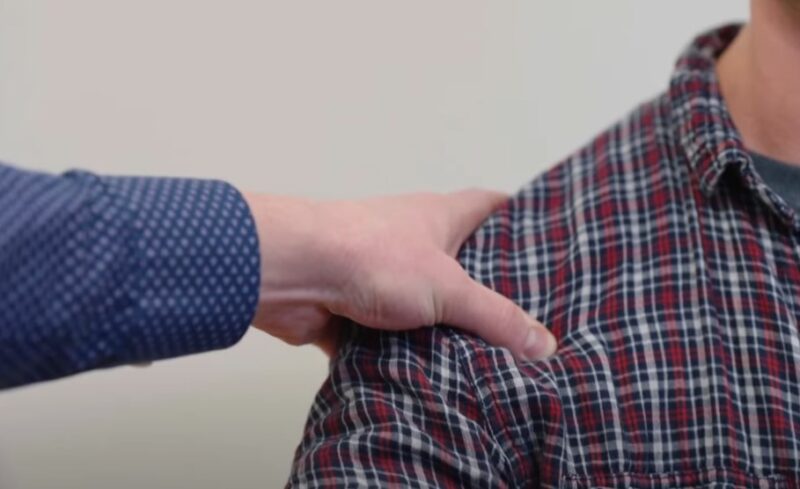
Here’s the truth: you will feel some discomfort, but not all pain is bad. Sharp, sudden pain when moving the shoulder? Bad. Dull, achy discomfort after PT? Usually okay.
The goal is to learn your pain threshold, not ignore it. This isn’t about being tough; it’s about being smart. Some people think pushing through pain means faster results. Not with shoulder rehab. You’re not building strength early—you’re building healing. Inflaming the area can set you back days or weeks.
Real-life tip: Use physical therapy after rehab sessions and at night. Even a gel pack with an ace wrap does wonders. Just don’t overdo the ice—15-20 minutes is enough.
Pain meds can help early on, but keep in mind they also mask warning signs. If you’re relying heavily on them after the second or third week, talk to your surgeon. Also, consider alternatives like nerve glides, gentle range-of-motion breathing drills, or guided relaxation to manage the nervous system response.
When to Start Strength Training: Timing Is Everything
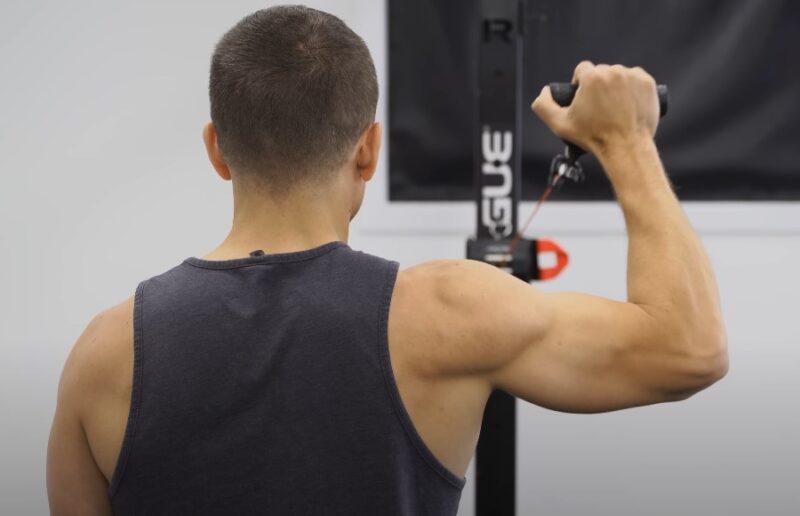
One of the biggest mistakes I see—especially with active people—is jumping into resistance work too early. Just because you can lift doesn’t mean you should. Strength work usually starts around 10 to 12 weeks, depending on your surgical technique, tear severity, and how your tissue is healing.
Even then, it’s not about curls or shoulder presses. Early strengthening is often focused on the scapular stabilizers—the muscles around your shoulder blade, not the rotator cuff itself.
Don’t skip this stage thinking it’s too basic. The fancy stuff comes later, but only if your foundation is solid.
Daily Life Hazards: Things People Forget
People remember to avoid the gym, but they forget how dangerous a kitchen cabinet or a t-shirt can be. The shoulder moves in three dimensions. Something as simple as reaching for a seatbelt or pulling on socks can wreck a repair if done carelessly.
Here are a few common problem areas:
- Dressing: Put your surgical arm in sleeves first when dressing, and take it out last when undressing.
- Sleeping: Prop your arm with a pillow under your elbow to keep it from falling backward.
- Driving: Avoid until your surgeon gives the green light. It’s not just the arm movement—it’s the reaction time and steering pressure.
- Lifting groceries or a toddler: This one’s huge. You may not realize how reflexively we reach and pull. Don’t rely on your sling as a reminder—plan to have help.
The Mental Side of Recovery
@drjasonsnibbe Dr. Snibbe explains the healing process of a rotator cuff repair. #sportsinjury #rotatorcuff #shoulder #orthopedics ♬ original sound – Dr. Jason Snibbe
Nobody talks about this enough. Rotator cuff recovery is mentally exhausting. You go from full independence to needing help opening a jar. Weeks pass, and you’re still sleeping propped up. Progress feels painfully slow.
It’s normal to feel irritated, discouraged, and even a little depressed. The key is to measure progress by weeks, not days. One week, your shoulder won’t move past 45 degrees. Two weeks later, you can reach a countertop. That’s success.
Real-life tip: Keep a small journal or use your phone to track daily or weekly wins. Not just range of motion, but things like “washed hair without help” or “used arm to steady a coffee cup.” It helps you see progress you might otherwise ignore.
Also, stay in touch with your PT and surgeon. Ask questions. Get clarity. Feeling informed reduces stress.
Final Thoughts
Recovering from a rotator cuff procedure is a test of patience. You’ll have weeks that feel like nothing’s improving. Then one day, you’ll realize you just reached up and scratched your head without thinking about it—and that will feel huge.
There’s no cheat code here. It’s about consistency, listening to your body, and trusting the process. The better you follow the dos and avoid the don’ts, the better your shoulder will function long-term.
I’ve seen people recover and go back to full overhead sports, manual labor, or simply daily life without pain, but only when they respected the pace of healing.
You’ve got this. Slow is smooth, and smooth is fast—especially with a shoulder.
Related Posts:
- Top 400 Hilarious Gym Quotes to Keep You Motivated
- How Long Does It Take to Train for a Half Marathon?
- 25 Simple Running Motivation Tips To Get You Moving
- Half Marathon Training Plan for Beginners - Simple…
- How Far Is a Half Marathon? Everything You Need to Know
- 80 Best Motivational Cross Country Running Quotes 2025
